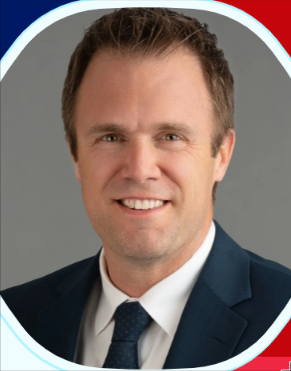
Curriculum Package: Liver Transplantation Unit
-
Log In to Enroll
- This certification is available to: and Member. Please log in to enroll.
Liver Transplantation
Advanced Search This List
-
-
Contains 5 Component(s), Includes Credits
Ravi Mohanka MD, MS, DNB, MSc, MBA and Amay Banker MBBS, MS
Authors: Ravi Mohanka MD, MS, DNB, MSc, MBA and Amay Banker MBBS, MS
Learning Objectives:
1. Learn living liver donor outcomes: mortality, morbidity and quality of life
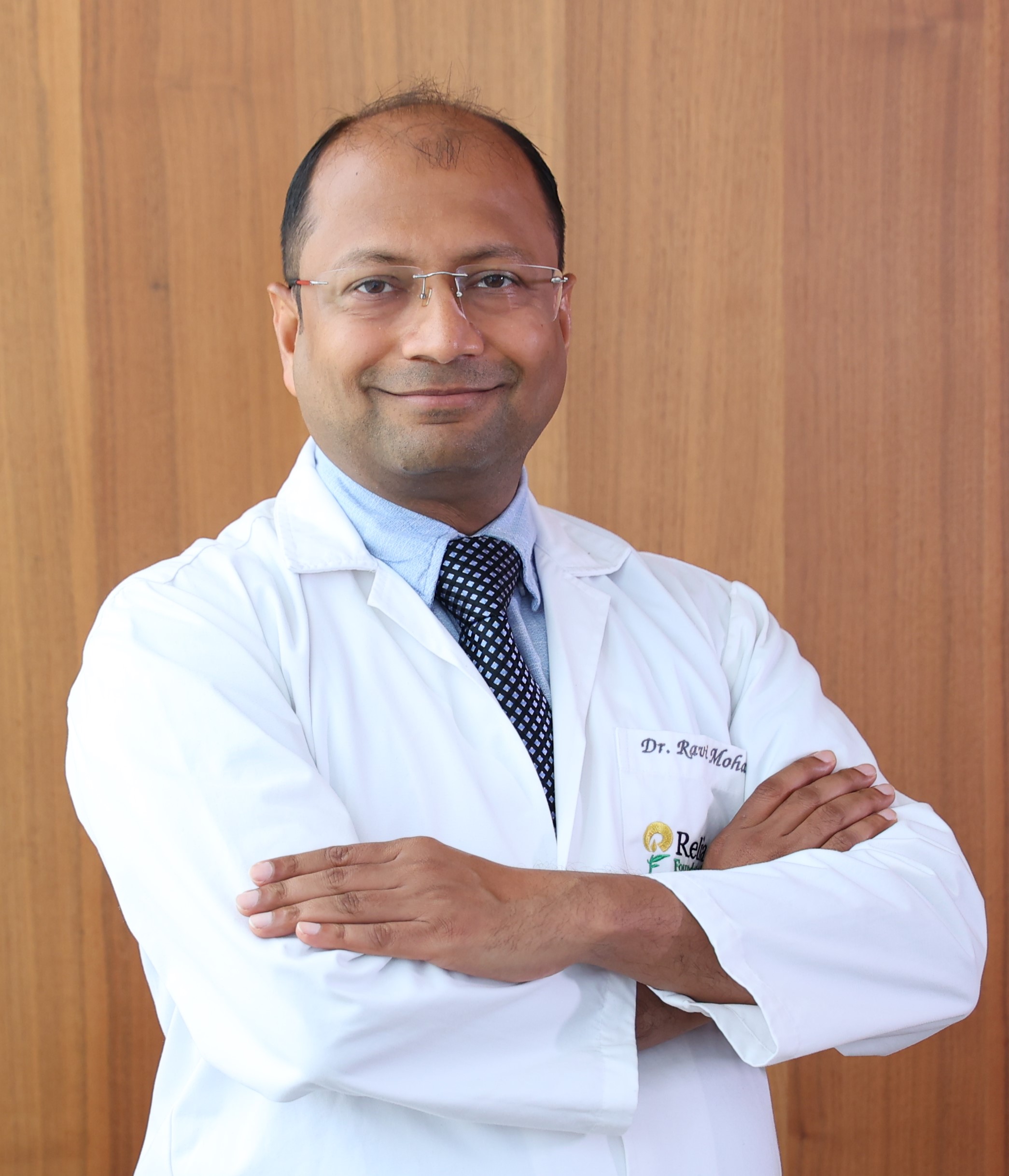
-
Contains 5 Component(s), Includes Credits
Lawrence Lau, MBBS, PhD
Speaker: Lawrence Lau, MBBS, PhD
Learning Objectives:
1. Understand the principles guiding the assessment of living liver donation
2. Understand the aims of donor evaluation
3. Understand the assessment process including initial screening, diagnostic tests and consultations with various team members
4. Understand the selection and exclusion criteria of candidates for living liver donation
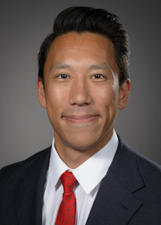
-
Contains 3 Component(s)
Author: Koji Hashimoto, MD, PhD
Author: Koji Hashimoto, MD, PhD
Cleveland Clinic, Cleveland, OH
Learning Objectives:
1. Understand the concept of functional graft size in liver transplantation using a partial graft
2. Understand the importance of graft inflow and outflow in LDLT
3. Review surgical techniques of recipient operation (left lobe vs. right lobe)
4. Understand the short- and long-term outcomes after adult LDLT.

-
Contains 5 Component(s), Includes Credits
M. Susan Mandell, MD, PhD
1) To know which diseases lead to both liver and lung disease
2) To understand that lung disease can affect the lung tissue, pleura and/or pulmonary vascular system
3) To learn about the natural history of each lung disease
4) To know how functional reserve is measured for each type of lung disease
5) To recognize when lung disease is a contraindication to liver transplantation

Author: M. Susan Mandell, MD, PhD
-
Contains 3 Component(s)
Author: Koji Hashimoto, MD, PhD
Author: Koji Hashimoto, MD, PhD
Cleveland Clinic, Cleveland, OH
Learning Objectives:
1. To understand indications for back table reconstruction in each type of living donor grafts.
2. To review surgical techniques of back table reconstruction.
3. To understand the beneficial effects of back table reconstruction.

-
Contains 5 Component(s), Includes Credits
Christopher B. Hughes, MD
Author: Christopher B. Hughes, MD
Learning Objectives:
1. To review the history and laws related to DCD transplantation
2. To describe the proposed mechanisms and risk factors for ischemic cholangiopathy
3. To describe the spectrum of potential manifestation of ischemic cholangiopathy
4. To discuss possible donor and recipient techniques to reduce the risk of ischemic cholangiopathy
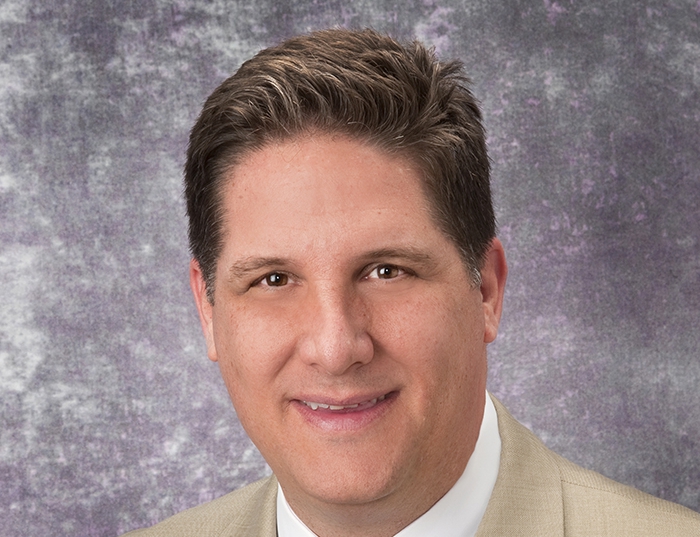
-
Contains 5 Component(s), Includes Credits
Ravi Mohanka MD, MS, DNB, MSc, MBA and Amay Banker MBBS, MS
Authors: Ravi Mohanka MD, MS, DNB, MSc, MBA and Amay Banker MBBS, MS
Learning Objectives:
1. Learn living liver donor outcomes: mortality, morbidity and quality of life

-
Contains 5 Component(s), Includes Credits
John P. Roberts, MD
Author: John P. Roberts, MD
1. Appreciate the overall benefit of live donor liver transplantation (LDLT) as compared to deceased donor transplantation and waiting list risk
2. Understand factors associated with improved LDLT outcomes
3. Profile of complications is LDLT setting versus deceased donor liver transplants
4. Unique complications and concerns with living donor liver transplantation: Small for size, HCV, HCC
5. Financial implications of LDLT
-
Contains 5 Component(s), Includes Credits
Elizabeth Pomfret, MD, PhD and Megan Adams, MD
1. How should consent be approached with regard to liver transplantation and organs with special considerations?
2. Understand donor specific concerns with regard to management and outcomes
3. Understand what resources are available to assist with organ evaluation and decision making
Authors: Elizabeth Pomfret, MD, PhD/Megan Adams, MD
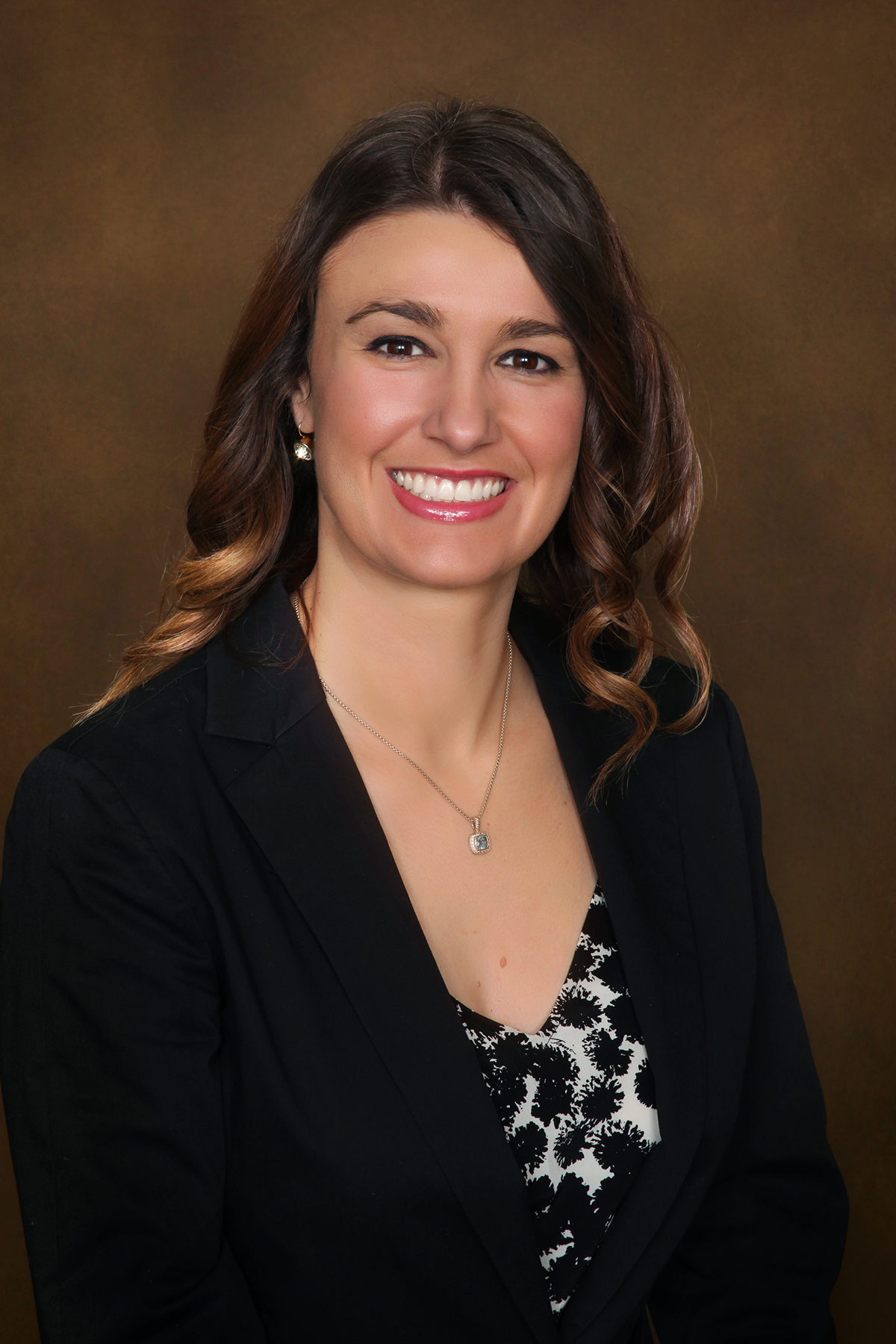
Megan Adams, MD
-
Contains 5 Component(s), Includes Credits
Ravi Mohanka MD, MS, DNB, MSc, MBA and Amay Banker MBBS, MS
Authors: Ravi Mohanka MD, MS, DNB, MSc, MBA and Amay Banker MBBS, MS
Learning Objectives:
1. Learn living liver donor outcomes: mortality, morbidity and quality of life
-
Contains 5 Component(s), Includes Credits
Lawrence Lau, MBBS, PhD
Speaker: Lawrence Lau, MBBS, PhD
Learning Objectives:
1. Understand the principles guiding the assessment of living liver donation
2. Understand the aims of donor evaluation
3. Understand the assessment process including initial screening, diagnostic tests and consultations with various team members
4. Understand the selection and exclusion criteria of candidates for living liver donation
-
Contains 3 Component(s)
Author: Koji Hashimoto, MD, PhD
Author: Koji Hashimoto, MD, PhD
Cleveland Clinic, Cleveland, OH
Learning Objectives:
1. Understand the concept of functional graft size in liver transplantation using a partial graft
2. Understand the importance of graft inflow and outflow in LDLT
3. Review surgical techniques of recipient operation (left lobe vs. right lobe)
4. Understand the short- and long-term outcomes after adult LDLT.
-
Contains 5 Component(s), Includes Credits
M. Susan Mandell, MD, PhD
1) To know which diseases lead to both liver and lung disease
2) To understand that lung disease can affect the lung tissue, pleura and/or pulmonary vascular system
3) To learn about the natural history of each lung disease
4) To know how functional reserve is measured for each type of lung disease
5) To recognize when lung disease is a contraindication to liver transplantation

Author: M. Susan Mandell, MD, PhD
-
Contains 3 Component(s)
Author: Koji Hashimoto, MD, PhD
Author: Koji Hashimoto, MD, PhD
Cleveland Clinic, Cleveland, OH
Learning Objectives:
1. To understand indications for back table reconstruction in each type of living donor grafts.
2. To review surgical techniques of back table reconstruction.
3. To understand the beneficial effects of back table reconstruction.
-
Contains 5 Component(s), Includes Credits
Christopher B. Hughes, MD
Author: Christopher B. Hughes, MD
Learning Objectives:
1. To review the history and laws related to DCD transplantation
2. To describe the proposed mechanisms and risk factors for ischemic cholangiopathy
3. To describe the spectrum of potential manifestation of ischemic cholangiopathy
4. To discuss possible donor and recipient techniques to reduce the risk of ischemic cholangiopathy
-
Contains 5 Component(s), Includes Credits
Ravi Mohanka MD, MS, DNB, MSc, MBA and Amay Banker MBBS, MS
Authors: Ravi Mohanka MD, MS, DNB, MSc, MBA and Amay Banker MBBS, MS
Learning Objectives:
1. Learn living liver donor outcomes: mortality, morbidity and quality of life
-
Contains 5 Component(s), Includes Credits
John P. Roberts, MD
Author: John P. Roberts, MD
1. Appreciate the overall benefit of live donor liver transplantation (LDLT) as compared to deceased donor transplantation and waiting list risk
2. Understand factors associated with improved LDLT outcomes
3. Profile of complications is LDLT setting versus deceased donor liver transplants
4. Unique complications and concerns with living donor liver transplantation: Small for size, HCV, HCC
5. Financial implications of LDLT -
Contains 5 Component(s), Includes Credits
Elizabeth Pomfret, MD, PhD and Megan Adams, MD
1. How should consent be approached with regard to liver transplantation and organs with special considerations?
2. Understand donor specific concerns with regard to management and outcomes
3. Understand what resources are available to assist with organ evaluation and decision makingAuthors: Elizabeth Pomfret, MD, PhD/Megan Adams, MD
Megan Adams, MD
